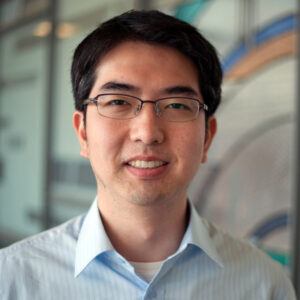Honglak Lee receives RSS 2023 Test-of-Time Award

Honglak Lee, professor of computer science and engineering at the University of Michigan, has been selected as a recipient of the 2023 Test-of-Time Award by the Robotics: Science and Systems (RSS) conference. The award recognizes the lasting influence of his 2013 paper Deep Learning for Detecting Robotic Grasps, Lee’s coauthors on this paper are Ian Lenz, formerly of Cornell University, and Ashutosh Saxena, cofounder and CEO of Caspar.ai.
RSS is one of the top conferences in the field, bringing together researchers from across the globe to share the latest and most innovative developments across robotics. The conference selects just one paper a year for the prestigious Test-of-Time Award, which recognizes research from at least ten years ago that has affected the field in a lasting and significant way, whether through pioneering a new approach or by bringing new issues to the community’s attention.
Prof. Lee’s paper was chosen due to its innovative nature and its long-term implications for robotics as a whole. His work broke new ground in the development of deep learning approaches for robotic manipulation and is one of the earliest examples of this type of application. The method that he and his coauthors developed involves a two-stage detection system based on deep learning that identifies and learns various features of an object and then determines the optimal position for grasping that object. The authors further showed that the proposed model can be applied to multimodal data, allowing more accurate grasp detection.
As one of the first studies to extend deep learning to robotic manipulation, Prof. Lee’s paper has had a substantial and ongoing impact on robotics development. His research laid the foundation for the expansion of deep learning techniques across all areas of robotics, reshaping the trajectory of the field.
 MENU
MENU 
